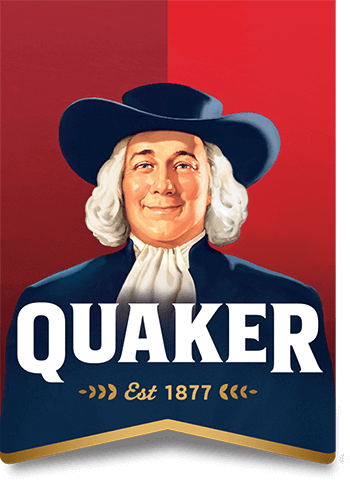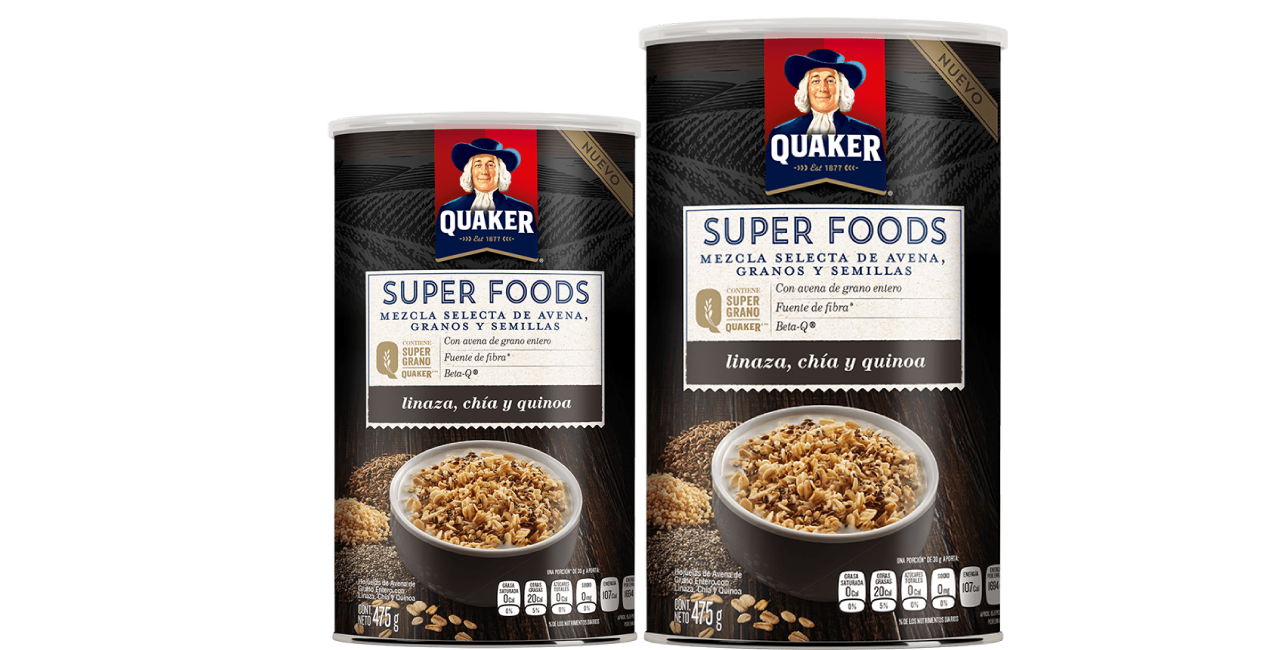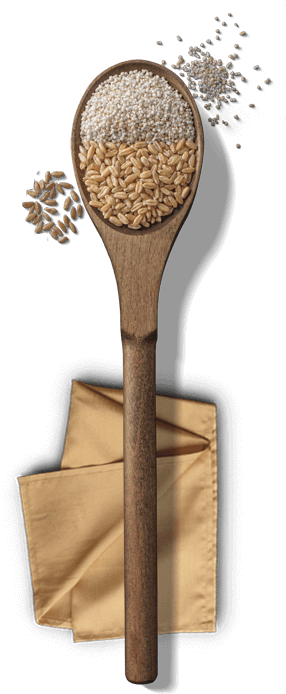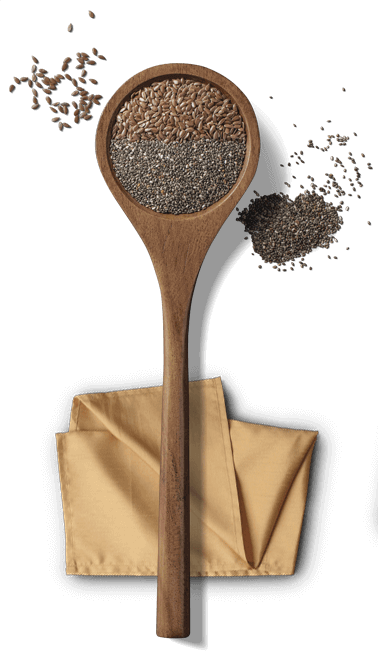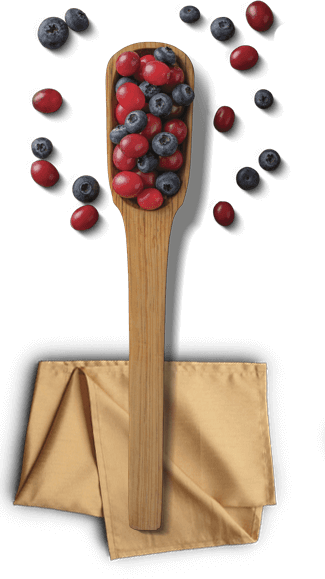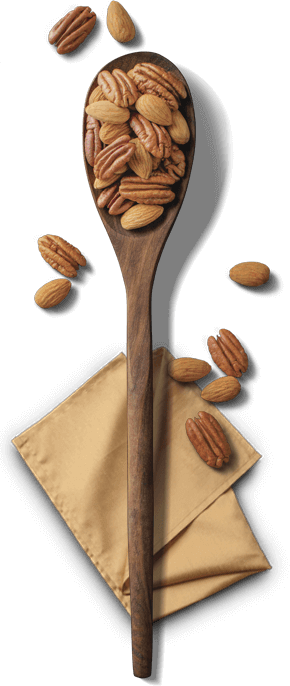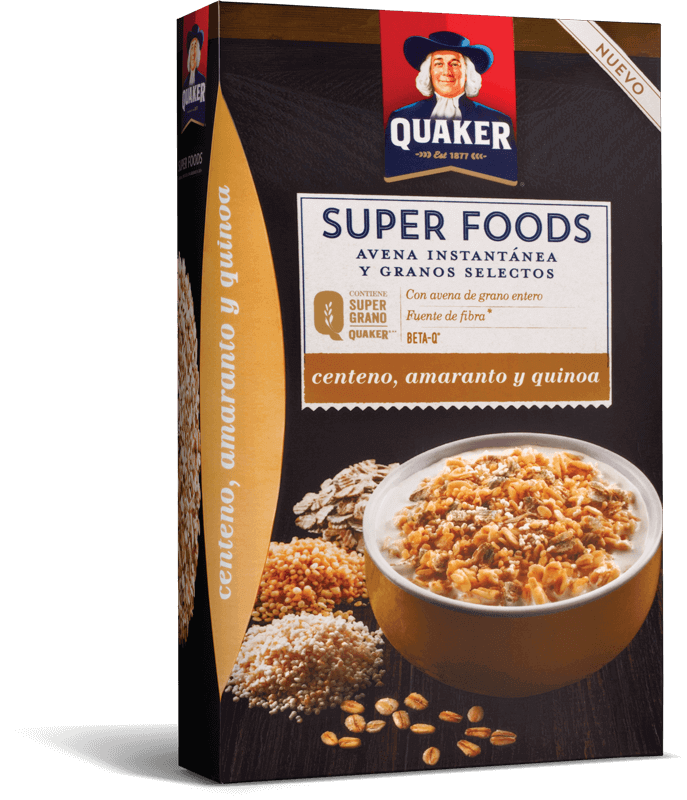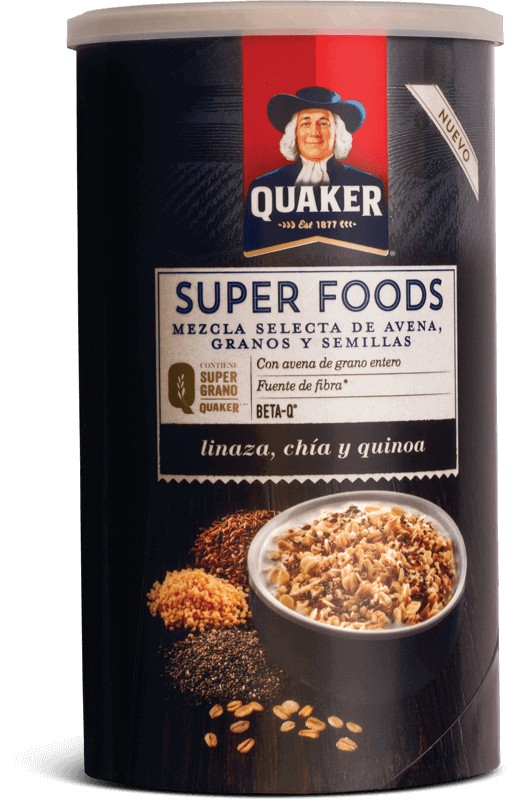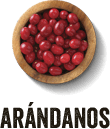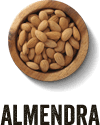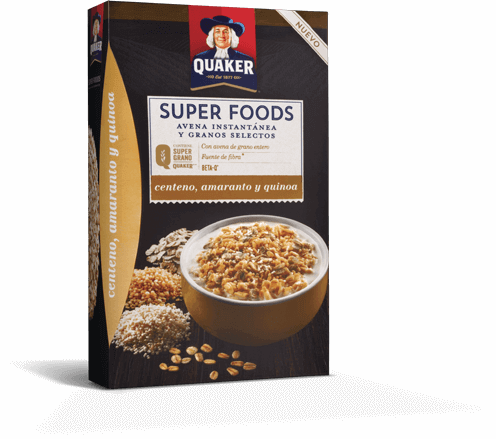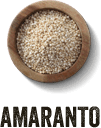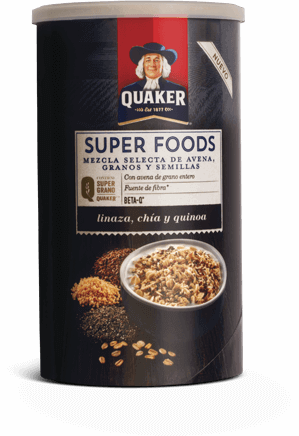¿QUÉ SON
LOS SUPER
FOODS?
- SON ALIMENTOS QUE APORTAN UNA RICA VARIEDAD DE NUTRIMENTOS Y COMPUESTOS ESENCIALES.
- PUEDEN SER DIFERENTES GRUPOS COMO CEREALES, FRUTAS, SEMILLAS O NUECES.1
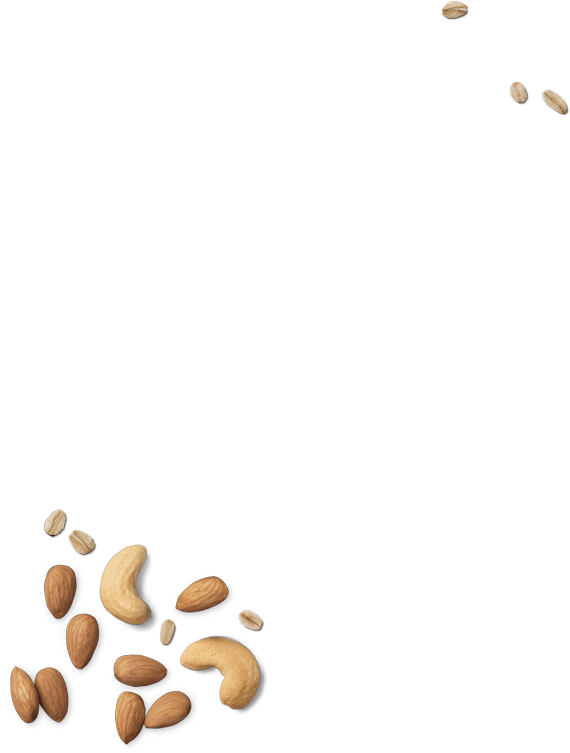
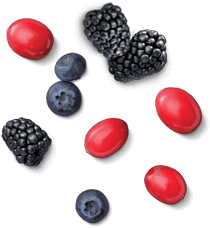
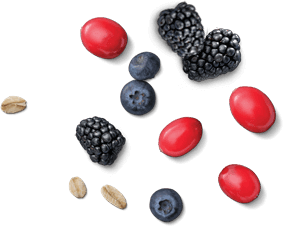
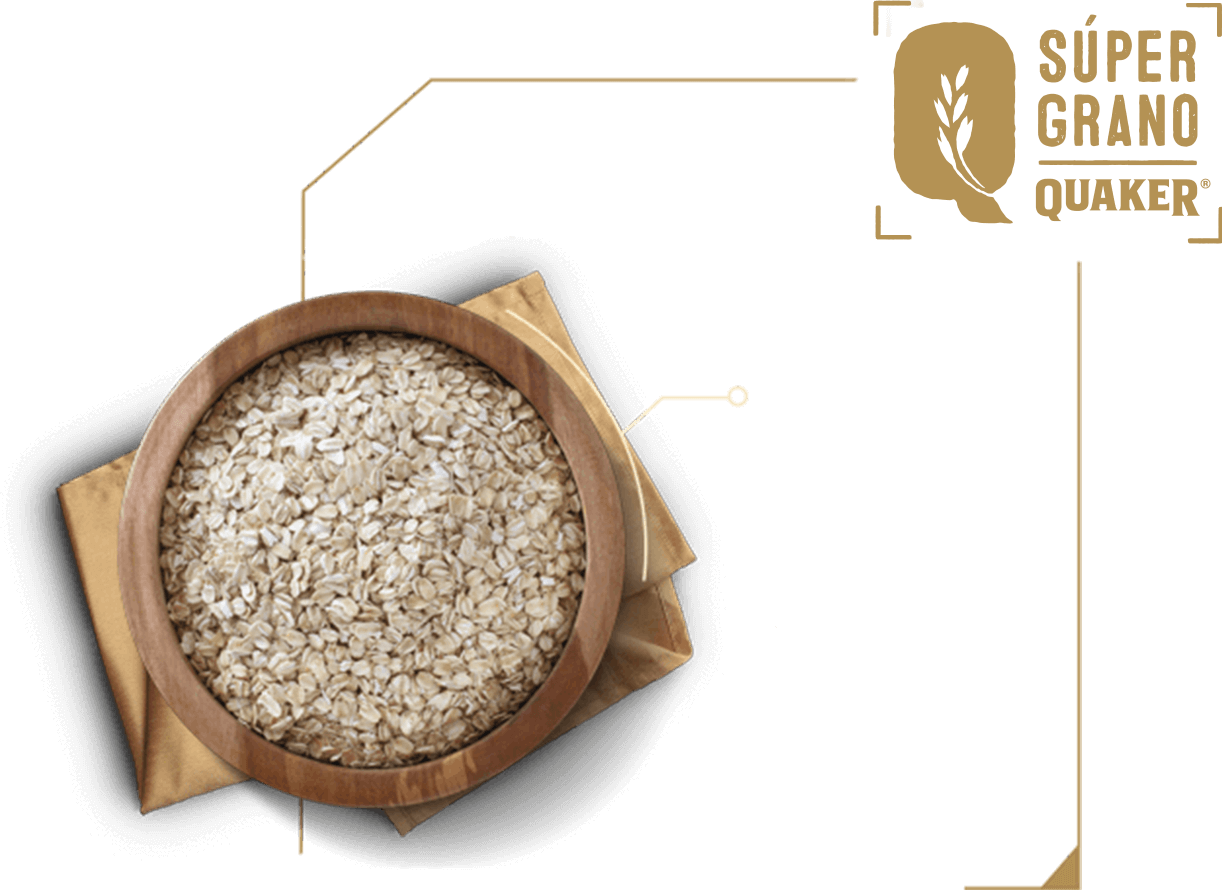
AVENA
1/4 de taza (30g)
aporta en promedio:
fibra
3.18g*

proteína
5.07g*

beta-q
1.2g*

ES FUENTE DE FIBRA QUE PUEDE AYUDAR EN EL PROCESO DIGESTIVO.2
APORTA BETA-GLUCANO (BETA-Q) O FIBRA SOLUBLE QUE PUEDE REDUCIR LOS NIVELES DE COLESTEROL.*
ES FUENTE DE PROTEÍNA QUE CONTRIBUYE AL MANTENIMIENTO DE MÚSCULOS.
APORTA VITAMINAS Y MINERALES COMO LAS DEL COMPLEJO B, E, ADEMÁS DE ZINC.3, 4
*Base de datos de alimentos reportados por la USDA 2018. Oats - 20038
**En conjunto con una alimentación baja en grasa saturada y colesterol.
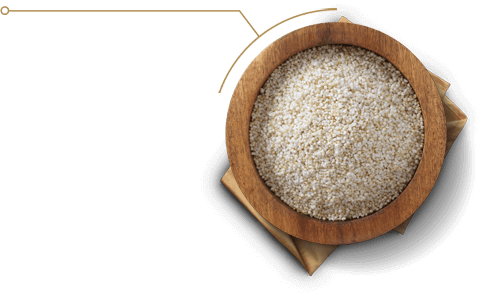
QUINOA
Es rica en carbohidratos de bajo índice glucémico.
Es fuente de proteína de alto valor nutricional que contribuye al desarrollo muscular.
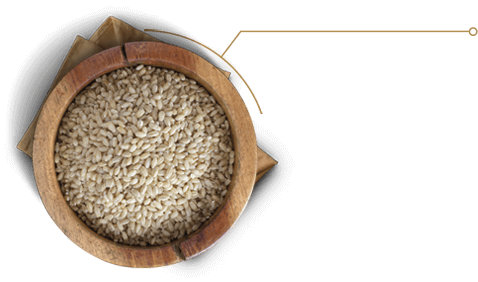
CEBADA
Contiene fibra soluble la cual puede ayudar a:
• Mejorar el proceso digestivo.
• Aumentar la sensación de saciedad.
• Reducir los niveles de colesterol.
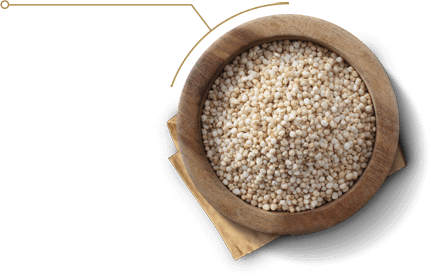
AMARANTO
Buena fuente de minerales como calcio, hierro, magnesio, zinc y selenio.
Aporta fibra soluble así como vitaminas del complejo B.
Aporta proteína de origen vegetal.
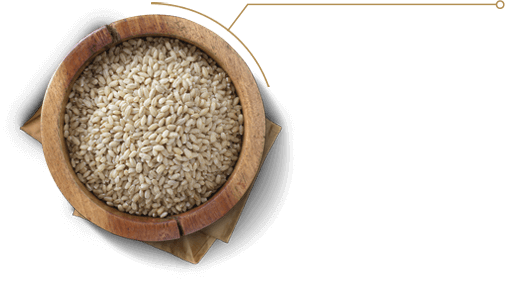
TRIGO
Aporta vitaminas del complejo B y minerales.
Es buena fuente de fibra insoluble, la cual favorece la salud de la flora bacteriana.
Tiene bajo índice glucémico.
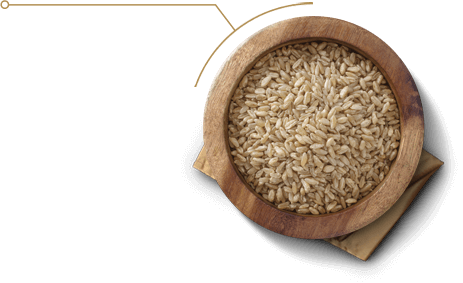
CENTENO
Es buena fuente de fibra soluble, la cual puede ayudar a:
• Aumentar la sensación de saciedad.
• Controlar los niveles de glucosa.
Aporta nutrimientos con función antioxidante que pueden ayudar a reducir los niveles de triglicéridos y colesterol.
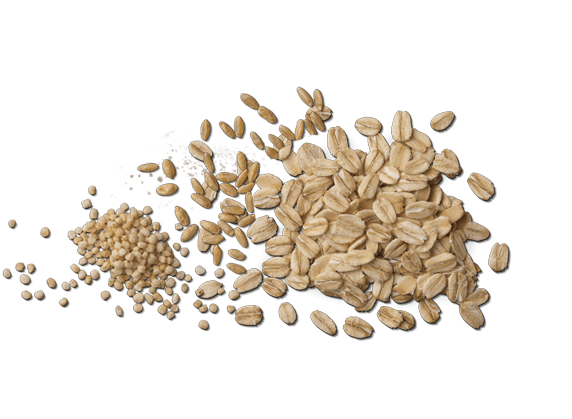
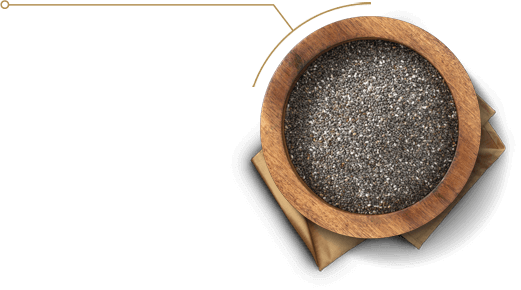
CHÍA
Contiene ácido omega 3 que puede tener beneficios a nivel cardiovascular.
Los Omega 3 pueden ayudar también en la producción de DHA, necesario para la función cerebral y cognitiva.
Es fuente de fibra, que puede ayudar en la reducción de colesterol.
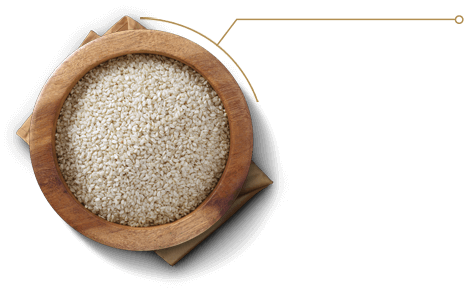
SÉSAMO
Es fuente de compuestos con elevada actividad antioxidante relacionados con la disminución de colesterol y presión sanguínea.
Es fuente de fibra insoluble.
Rico en grasas insaturadas.
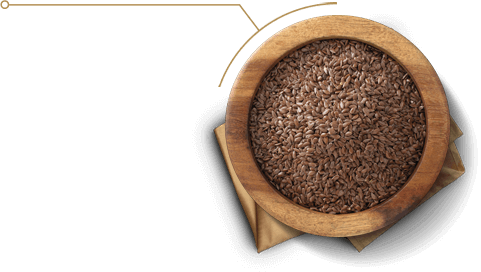
LINAZA
Es fuente de proteína vegetal.
Contiene Omega 3 que pueden tener beneficios cardioprotectores.
Aporta fibra soluble relacionada con la reducción de colesterol y fibra insoluble que puede ayudar al tránsito intestinal.
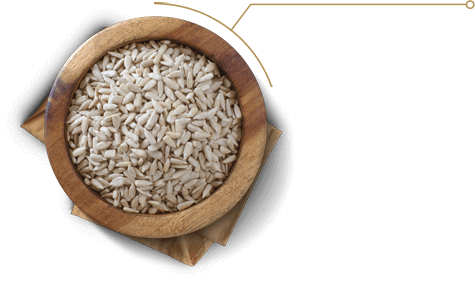
GIRASOL
Es fuente de Vitamina E y compuestos con potenciales propiedades antiinflamatorias y antioxidantes.*
Aporta aminoácidos que contribuyen a la reducción del colesterol.
*En conjunto con una alimentación correcta y práctica regular de actividad física.
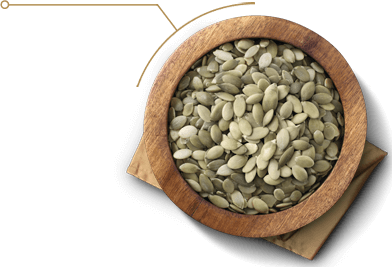
SEMILLA DE CALABAZA
También conocida como "Pepita", es fuente de grasas buenas, que pueden ayudar a reducir el colesterol.
Aporta Omega 6 reconocido por sus beneficios cardiovasculares.
Es fuente de fibra, proteína vegetal y minerales.
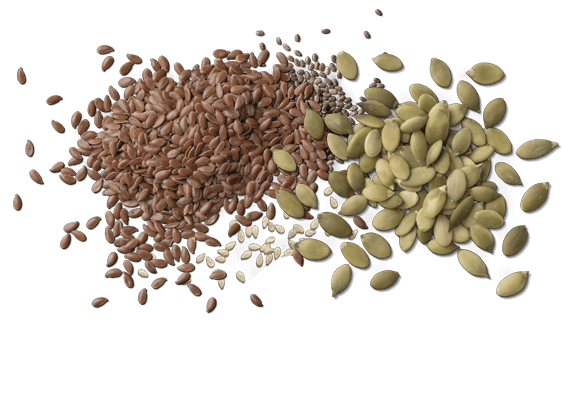
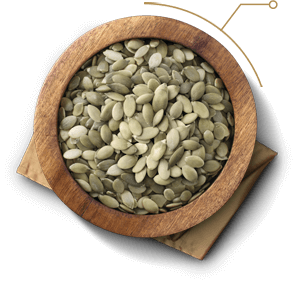
SEMILLA DE CALABAZA
También conocida como "Pepita", es fuente de grasas buenas, que pueden ayudar a reducir el colesterol.
Aporta Omega 6 reconocido por sus beneficios cardiovasculares.
Es fuente de fibra, proteína vegetal y minerales.
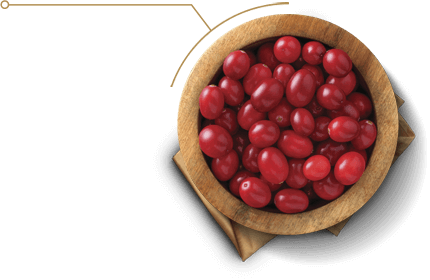
ARÁNDANO
Es rica en nutrimentos con función antioxidante que contribuyen a proteger al cuerpo del daño por los radicales libres.
Es fuente de fibra dietética que puede ayudar a mejorar el proceso digestivo.
Es fuente de fibra, que puede ayudar en la reducción de colesterol.
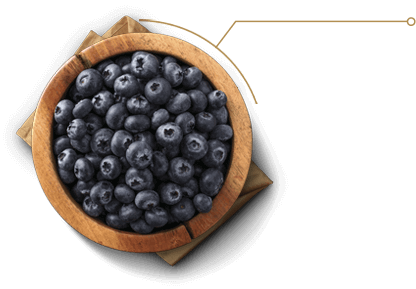
MORA AZUL
Son fuente de nutrimentos con función antiinflamatoria y antioxidante.
Dichos nutrimentos también pueden ayudar en el control de los niveles de glucosa y colesterol.
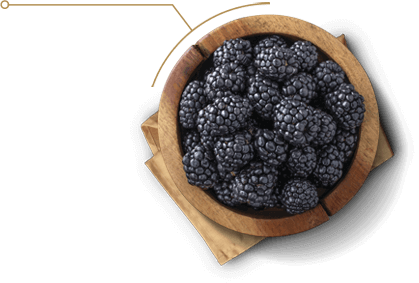
ZARZAMORA
Es rica en compuestos con función antioxidante.
Aporta nutrimentos que pueden ayudar al control de los niveles de glucosa y colesterol.
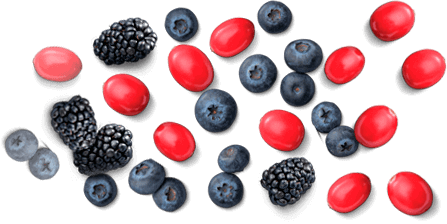
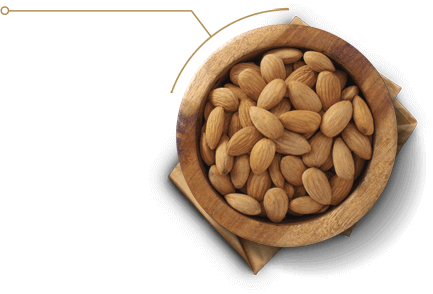
ALMENDRA
Es fuente de grasas buenas, fibra y minerales que pueden ayudar a reducir el riesgo de enfermedad cardiovascular.
Tiene un alto contenido de Vitamina E, reconocido por su función antioxidante.
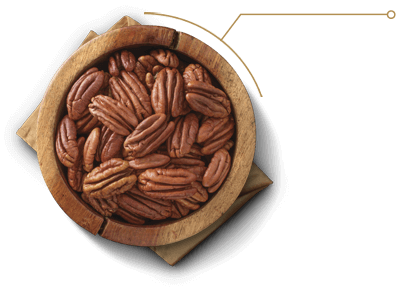
NUEZ PECANA
Tiene alto contenido de grasas insaturadas, que pueden ayudar a promover la salud cardiovascular.
Es fuente de proteína vegetal, fibra dietética y otros minerales.
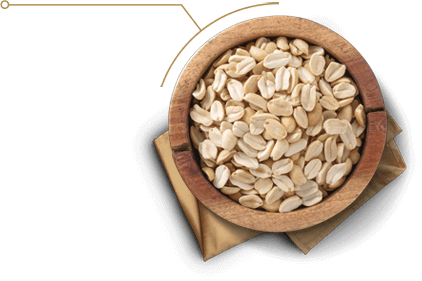
CACAHUATE
Son ricos en grasas buenas o insaturadas, proteína y fibra dietética.
Las grasas buenas o insaturadas que contienen los cacahuates, pueden ayudar a reducir el colesterol, en conjunto con una dieta baja en grasa saturada y colesterol.
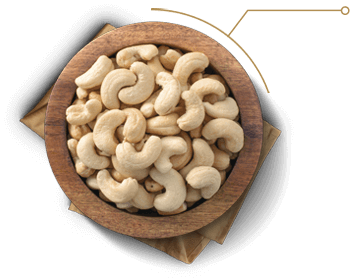
NUEZ DE LA INDIA
Puede favorecer la reducción de los niveles de colesterol.
Es buena fuente de grasas insaturadas que contribuyen a la salud cardiovascular.*
Es buena fuente de proteína, minerales y vitamina K.
*En conjunto con una alimentación correcta y práctica regular de actividad física.
